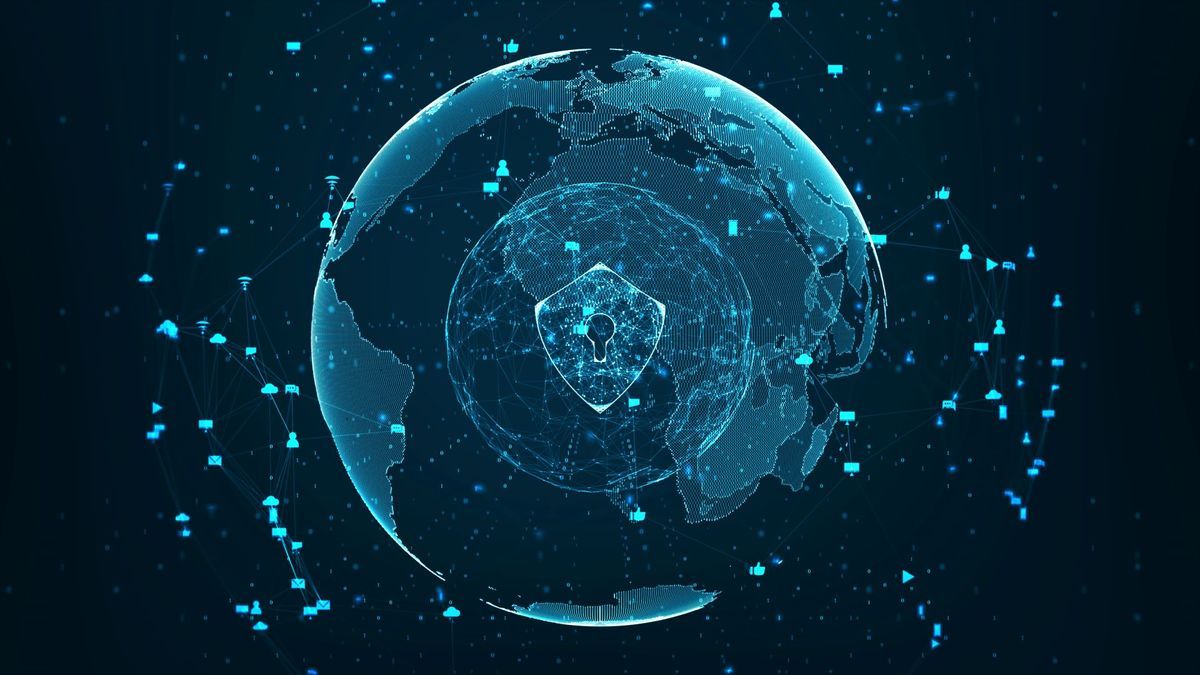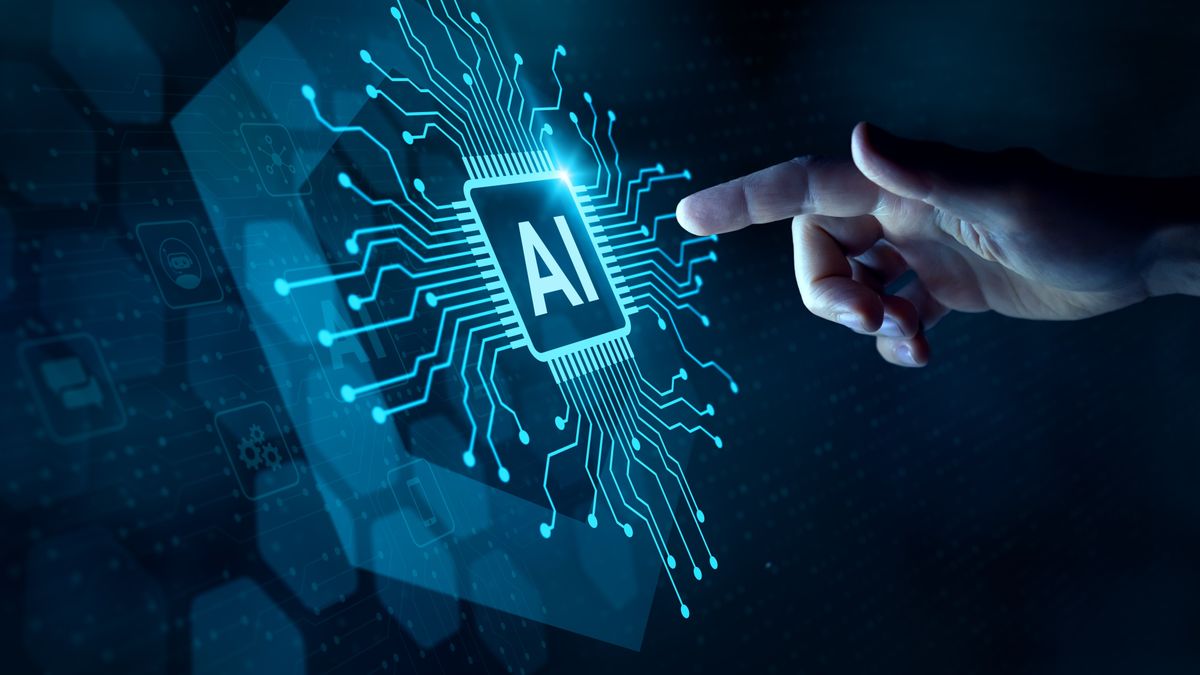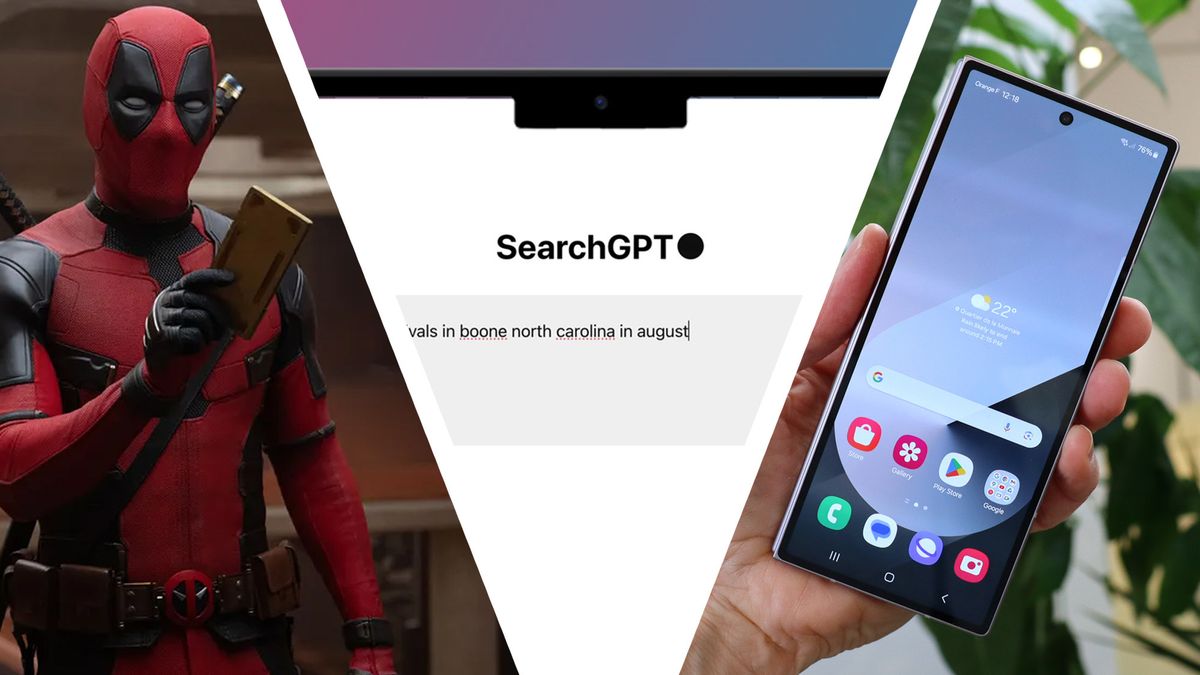In a rapidly evolving digital landscape, IT leaders must understand how to protect businesses from cybersecurity threats and enable growth. Technology offers many far-reaching benefits that can help business leaders achieve peace of mind, but insufficient use of technology can undermine growth opportunities and derail security.
By focusing on compliance requirements, closing security gaps, and using AI tools to their advantage, IT leaders can stay on top of old and new challenges, seamlessly adapting to the rapidly evolving technology landscape.
Solutions Architect at Espria.
The cybersecurity cycle
The cyber threat ecosystem is as dynamic as it is dangerous, and cybercriminals are constantly developing new ways to breach security measures. Industry experts advise businesses to have verified backups and not to pay a ransom if they fall victim to an attack; however, many organisations have been found to pay the ransom, trusting that insurance will cover the cost.
While cyber insurance is not solely responsible for the rise in ransomware attacks, it has contributed to the problem persisting rather than disappearing. Instead, if IT leaders took more effective preventative measures, the problem could be avoided altogether; understanding these threats is key to formulating a sound cyber defense strategy.
The biggest cyber risks, often considered the weakest link in security, come from employees. According to a recent report from Mimecast, 74% of breaches are due to human error, and email remains the main attack vector. Additionally, online collaboration tools such as Google and OneDrive can be potential gateways for malicious organizations.
These gaps still need to be addressed, so it is critical to not only regularly update and monitor security protocols, but also to identify those at risk and provide them with better training to improve their security awareness. For companies looking to create a cyber-resilient environment, a well-trained workforce can make all the difference.
Companies should also implement automated security measures to detect and block any suspicious activity. This will be essential when sharing sensitive documents. A risk management process like this can enable organizations to identify, protect against, and resist cyberattacks.
Compliance and security are two sides of the same coin
Many companies are quick to dismiss the importance of compliance and mistakenly assume that it results in less attention being paid to security; however, compliance and security go hand in hand. While some breaches are malicious, most are accidental and occur when employees fail to follow company-defined policies and procedures.
The most obvious consequences of non-compliance are financial penalties and the inability to conduct business, but more far-reaching consequences can affect other aspects of business. A cybersecurity breach can permanently damage your company’s reputation and lead to a lack of trust from customers – has their personal information been compromised and should they rescind their trust?
Businesses need to move away from focusing solely on traditional cybersecurity threats and consider anticipating and then recovering from a cyberattack. Adopting a compliance framework can help achieve this, including an incident response plan (IRP).
By ensuring the right framework is in place, organizations can implement procedures that workers must follow. This will reduce the likelihood of a breach and protect their data, reputation, and finances.
However, implementing this protection requires more than a “set it and forget it” approach, as cybersecurity threats, by their very nature, are constantly changing. Staying ahead of attacks requires constant vigilance; by requiring regular vulnerability assessments and testing, companies can identify and address areas where protections are weak and continually update their security framework while improving their security posture.
Ensure AI is aligned with strategy and objectives
Another key issue that businesses must address in 2024 is ensuring that their use of AI is aligned with their overall strategy and goals. Not all AI will be specifically tailored to each company’s requirements, so it is essential to choose a solution that is designed to improve existing business operations – otherwise, IT leaders risk creating even more confusion in an increasingly complicated ecosystem.
AI and other buzzwords can sometimes be just that – buzzwords. Therefore, taking a step back to assess your business needs and security requirements can be vital when choosing the optimal solution. The focus should be on more than just whether the solution is the latest technology on the market or whether it is AI-enabled, but on the solution that best fits your specific business needs.
There are two ways to approach AI. The first is to use the technology to make informed decisions. By analyzing large data sets and finding patterns, AI can help improve operations and make predictions based on that data. Second, AI can be used to automate everyday tasks, including security, by reducing cognitive overload. In this way, businesses can significantly reduce human error, improve accuracy, and increase overall efficiency.
Without the right AI solution, IT leaders risk creating more friction and blocking workflow. Therefore, the chosen solution must integrate with workflows and optimize existing processes. If used correctly, AI tools will allow businesses to do more with less, and workers will be able to expend less energy for greater rewards.
As data becomes increasingly important and valuable to the business, controlling how that data is handled and protected is vital to ensuring long-term prosperity. A fragmented business ecosystem can cause problems, but addressing compliance and security issues from the start will provide workers with an innovative and secure environment in which to work.
With the added benefit of a solution-oriented AI tool, businesses will improve productivity, efficiency, and potential cost savings.
We list the best cloud backups.
This article was produced as part of TechRadarPro's Expert Insights channel, where we showcase the brightest and brightest minds in the tech industry today. The views expressed here are those of the author, and not necessarily those of TechRadarPro or Future plc. If you're interested in contributing, find out more here:








